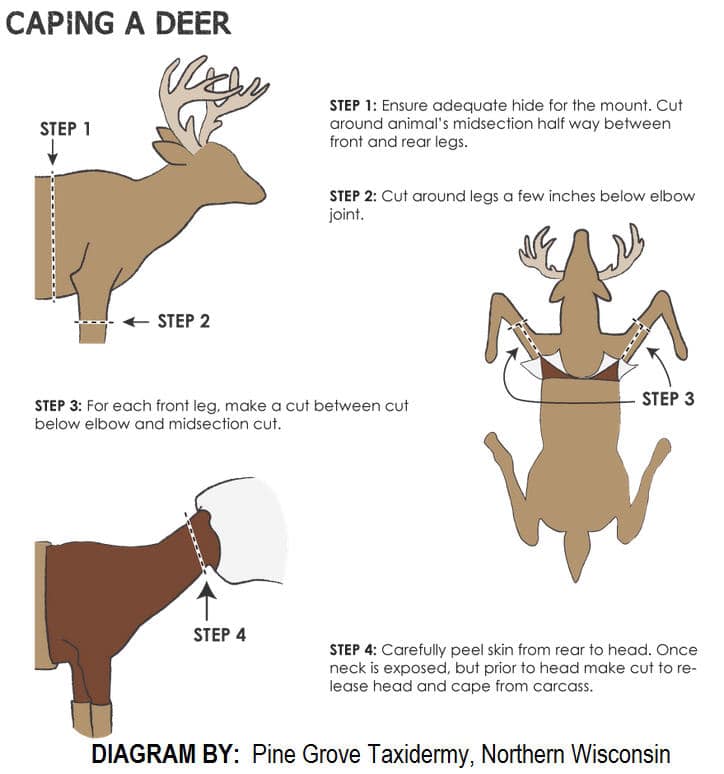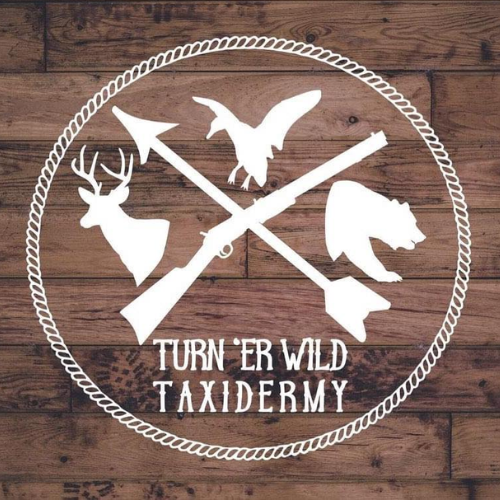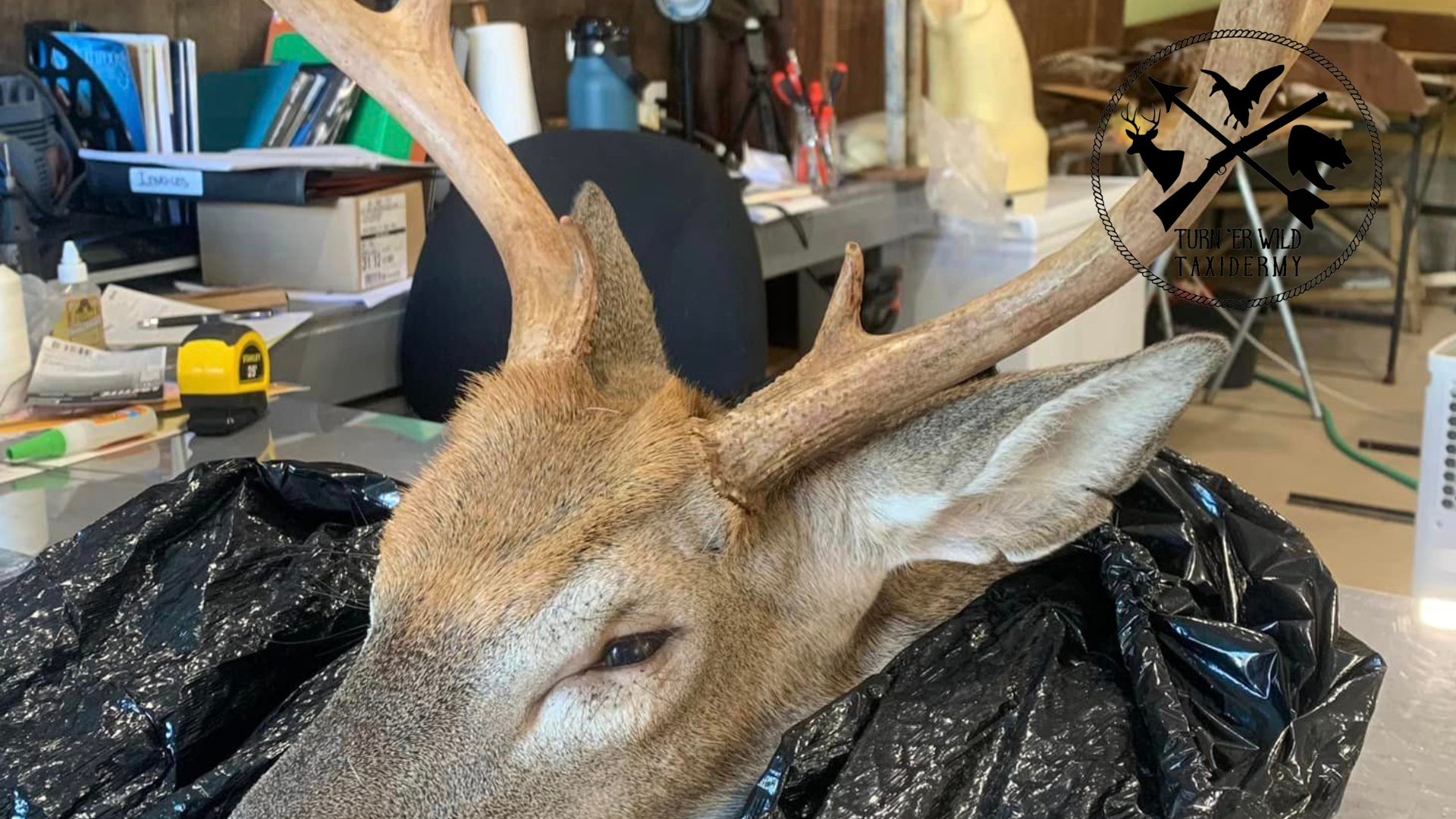Good luck if you’re heading out into the woods today! If you’re planning on caping your deer for a shoulder mount, make sure you’re prepared with the right tools and knowledge.
As hunting season kicks into gear, it’s important to think ahead—especially if you’re planning on having your deer shoulder mounted.
Proper deer shoulder mount caping key to making sure that your trophy turns out as perfect as you imagine.
Why Proper Caping Matters
When it comes to taxidermy, the way you cape your deer makes all the difference in the final product.
The cuts you make can affect how much material your taxidermist has to work with, which is why it’s always better to err on the side of caution.
Cutting too much off in the wrong areas can leave you with a less-than-ideal result, so taking a little extra care can go a long way.
Deer Shoulder Mount Caping Tips
Here are a few tips to keep in mind when caping your deer for a shoulder mount:
- Start Behind the Shoulder
Make your cuts well behind the shoulder. You want to give your taxidermist as much material to work with as possible. Starting too close to the shoulder could limit the cape’s flexibility during the mounting process. - Be Cautious with Your Cuts
If you’re unsure about where to cut, it’s better to have too much than too little. Your taxidermist can always trim away excess, but it’s impossible to add back material if too much is removed. - Leave the Head and Neck to Your Taxidermist
It’s best to let your taxidermist handle removing the head and neck from the cape. This is a delicate process, and leaving it to the professionals ensures that the hide isn’t damaged in areas that will be visible on the final mount. - Keep the Cape Clean
After your deer is caped, try to keep the hide as clean and free from debris as possible. A dirty cape can affect the quality of the final mount and make your taxidermist’s job a bit more difficult.

A Final Reminder
As always, when in doubt, take extra care when caping your deer for a shoulder mount. It’s always easier to trim excess than to work with too little.
If you’re not completely confident, don’t hesitate to reach out to your taxidermist for guidance on the proper deer shoulder mount caping techniques.
Good luck out there, and happy hunting!
If you have any questions about preparing your deer for taxidermy or want to discuss your next mount, feel free to get in touch.
We’re always here to help!
Stay Wild!

